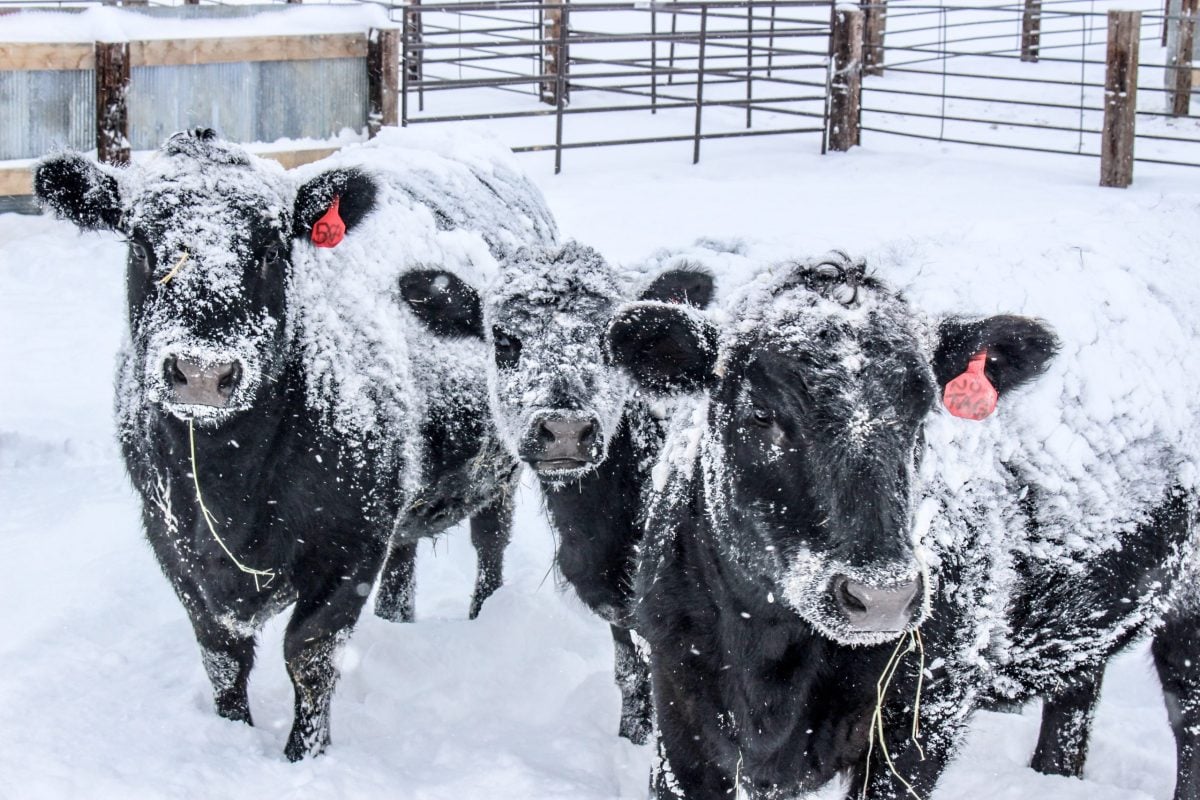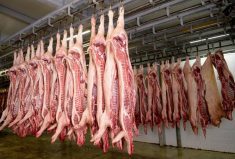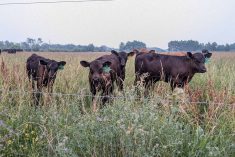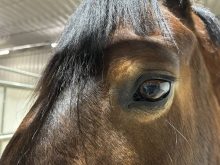The Alberta cow found to be Canada’s 11th case of BSE probably caught its “atypical” version of the disease through an infectious feed supplement, according to the Canadian Food Inspection Agency.
The agency on Wednesday released its report on its investigation of Case 11, a 13-year-old unregistered Hereford cow on a cow/calf operation in east-central Alberta. The animal, having appeared sickly for several weeks, was destroyed in December last year and later tested positive for the brain-wasting “mad cow” disease, bovine spongiform encephalopathy (BSE).
The agency focused on the feed the animal ate before the first federal ban on feeding of ruminant meat and bone meal (MBM) to other ruminants, in 1997.
Read Also

Klassen: Feedlot margins will determine feeder prices
There were no Western Canadian feeder cattle sales for week ending December 27. The shortened holiday week is always a…
However, because of the length of time that’s passed, inspections of the suppliers and manufacturers of commercial feeds distributed to the birth farm didn’t turn up any specific distribution records or mixing formulas for the time frame of interest, CFIA said.
“Three of four possible manufacturers supplying a protein supplement likely fed to the animal could have included (MBM) as an ingredient in its formulation,” CFIA wrote. Of those, one confirmed using MBM in its supplements and that a source of MBM was one common to previous BSE investigations.
“A review of the common feeding and manufacturing practices indicates probable exposure to infectious material through a commercial feed supplement” that had MBM, the agency said.
The agency also traced the cow’s birth cohort (the animals born in the same herd within 12 months of the case in question) and came up with 357 animals, all born on the same farm as the case in question. Of those, 81 are confirmed dead or slaughtered, 254 presumed dead or slaughtered and 14 untraceable, and eight were alive when Case 11’s BSE was confirmed.
Those eight have now been destroyed, CFIA said, as has Case 11’s 2007 calf. The cow’s 2006 calf had already been slaughtered, CFIA said.
As for Case 11’s feed cohorts (the animals reared with the BSE case during the first year of its life and presumed to have eaten the same feed), no animals one year of age or less were bought for Case 11’s home farm at that time; all replacements came from the producer’s own calf crop. Thus there were no feed cohorts outside the birth cohort.
“Atypical” BSE
Case 11, CFIA noted, “has been attributed to a less prevalent, atypical strain of BSE which has also been reported in Europe,” making it Canada’s second case involving an “atypical” strain.
In atypical BSE cases, affected animals are at an “advanced age” — in Canada’s two cases, over 13 years old — compared to the other nine “classical” BSE cases in Canada, in which the average age was around six years.
The fact that these atypical strains have turned up shows “an increased global awareness of the potential for multiple strains of the BSE agent to exist (and) continuous advancements in diagnostic test methods,” CFIA wrote, calling it “a direct result of the enhanced BSE surveillance activities occurring worldwide.”














